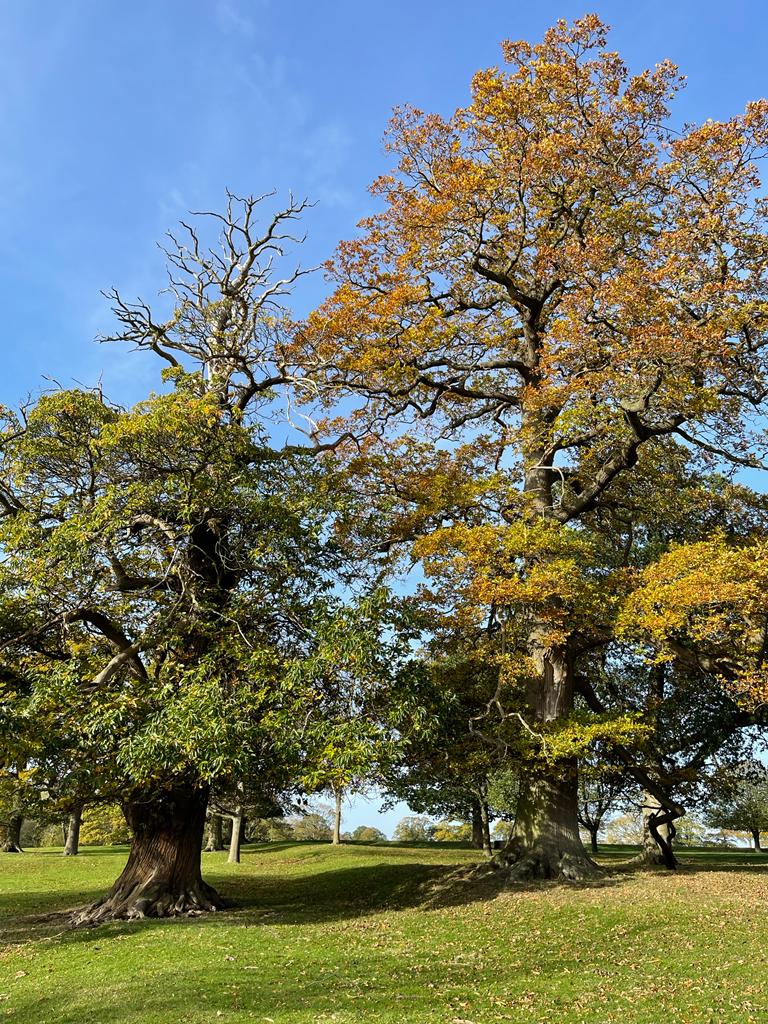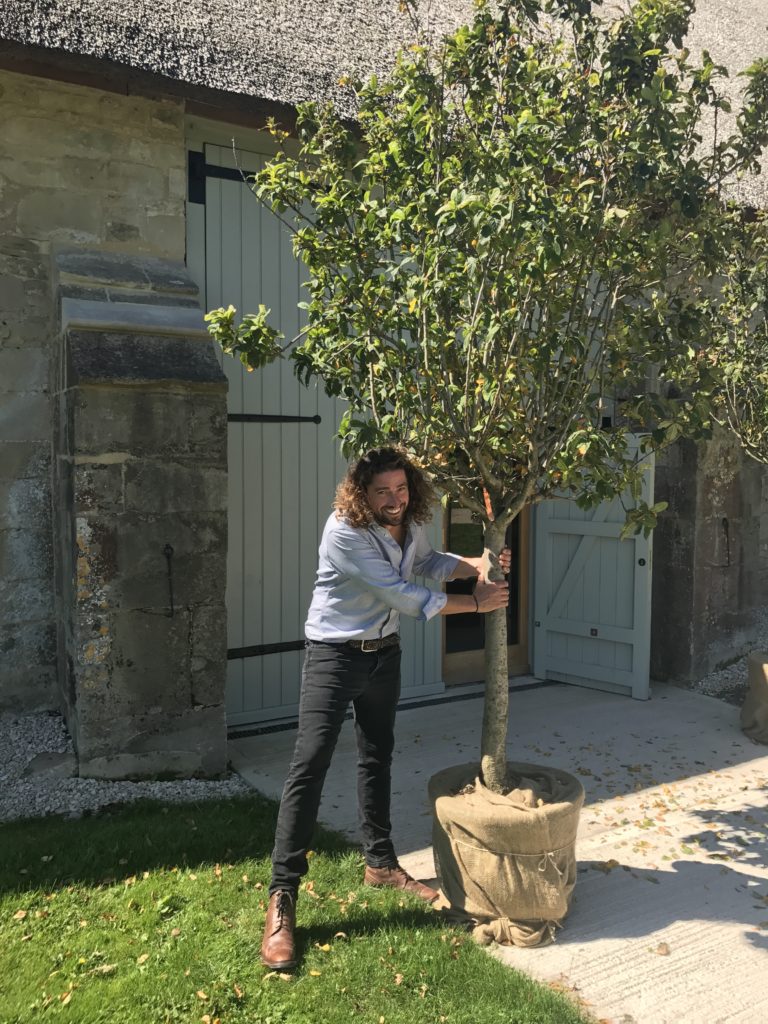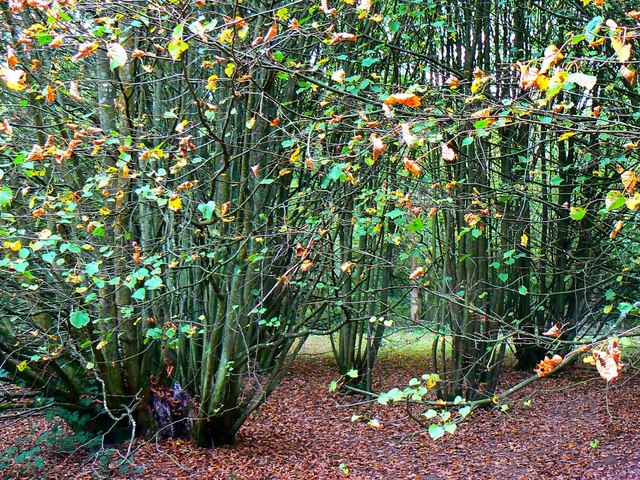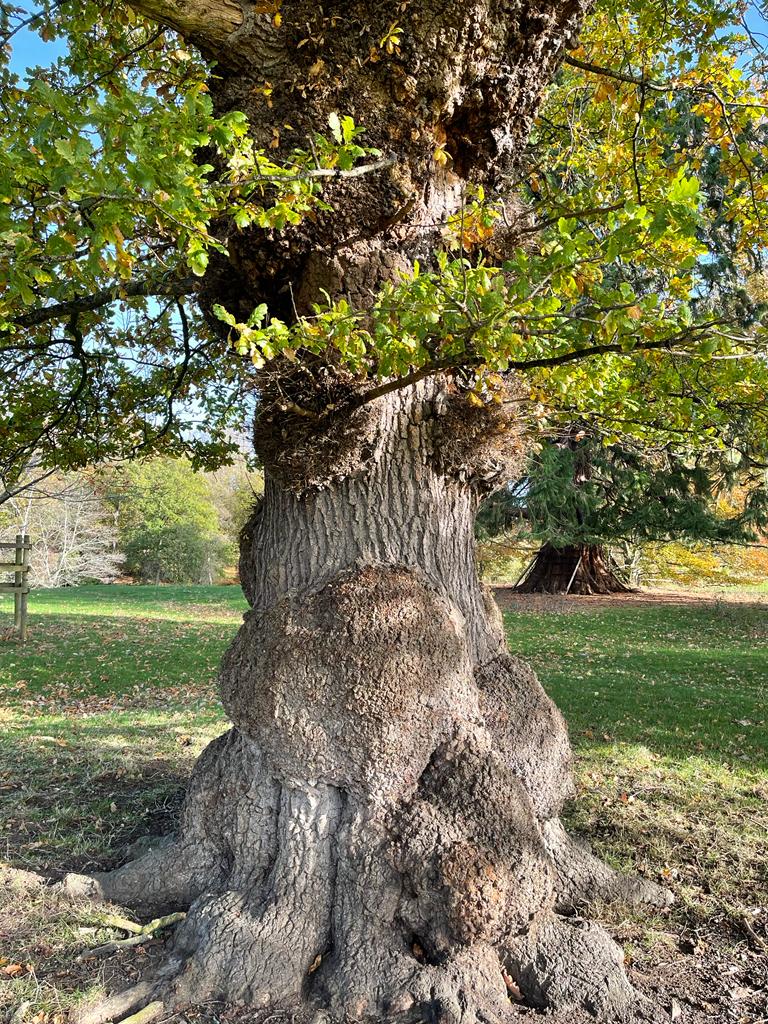Quiet Giants
Trees are good for us. We talk to Tree Consultant and Dendrologist Charlie Marsden about finding joy in our wooded landscapes.


Tree hugging, Forest bathing, nature therapy. Trees are good for us. We know the role they play in climate change, natural habitats and soil erosion, but did you know they’re also fundamental to our happiness. We talk to Tree Consultant and Dendrologist Charlie Marsden about finding joy in our wooded landscapes and why it’s so important to protect them.
What got you into trees?
It was almost accidental. After quitting my job in the City I met a tree surgeon who inspired me to re-train. At that time there were two main paths, that of forester (felling trees) or arboriculturalist (managing forests). Both practices used the same approach to treating diseased trees – cutting them back whilst they continued to die. There was no understanding of what was causing the problem. No one was asking why is this happening?

What were we missing?
Well, we knew so little. We were too focused on what we could see and were ignoring the hidden world of unexplored life, structures and systems below ground. This is where the engine room and brain is and how they communicate and interact with each other. It’s what makes these sentient beings so extraordinary.
Tell us about what goes on below ground.
Each tree has its own ‘gut bacteria’, a symbiotic relationship with a fungus that enables it to access resources from the soil they couldn’t reach on their own. Without this, trees simply wouldn’t survive. We also discovered that instead of a forest being a case of survival of the fittest, it’s a community of living plants with a shared interest in a thriving ecosystem. They support their neighbours by talking to each other. This ‘Wood Wide Web’ is a powerful network of electrical and chemical signals that communicates between species. For example, a large oak could warn a sapling sycamore that it’s under attack from pests, giving it time to produce a chemical in its leaves that make them bitter and toxic. Rather than a battle for resources it’s a brilliant collective designed to ensure the whole woodland survives.

Why and how do trees bring us joy?
It’s our desperate need, even more so now, to re-connect with nature. We have an innate genetic coding that woodlands are a part of us and that we are an integral part of the natural world. This island was completely wooded at one time, and that memory is still in us – that sense of where we’re meant to be. These sedentary beings create a calming ambiance that helps us to reconnect with the roots, ground and earth. It strips away the sense of separation and peels back the layers of heaviness created by the pressures from a life lived indoors.

Do you have a favourite tree or area of woodland in the UK?
The UK has the greatest density of ancient trees anywhere else in Europe. This is mainly due to protected private and historic parkland. Wispmans Wood in Dartmoor is one of the last islands of primordial rainforest and will help you understand the level of life that ancient trees support and their importance to our environment. Westonbirt Arboretum in Gloucestershire is also a fantastic place to educate kids on how to identify, understand and respect trees. It has the oldest tree in the UK – a 10,000 year old lime that looks like a small forest.

Why is it important to protect our woodland and how do we plant for the future?
The key is to protect what we have and look to what we can gain. Our climate is shifting dramatically and we need to embrace change rather than obsess about protecting our native species. Ash dieback and oak death are all related to climatic pressures that put trees under stress, whereas olives, palms and pineapple guava can now tolerate our warmer winters. But the older the tree the more life it can support and the better it has been at responding to the climactic shifts. We can all do our bit by collecting their seeds and planting our own trees. If we want a great diversity of wildlife, flora and fauna, and clean air to breathe we need to nurture our woodlands and help them to prosper and adapt.

Have attitudes to preserving our woodlands changed during your career?
Yes, people are now recognising their value as a living, breathing entity rather than a resource to cut down and use. Clients are thinking more sustainably so we’re planting more pioneer species and indigenous trees, importing less from abroad and helping to propagate and plant trees that will cope with our changing climate. Attitudes and understanding have shifted. We see woodlands as positive, living ecosystems with a role to play in preserving our landscapes, connecting us to nature and hopefully teaching us how a supportive community can work.

To find out more about Charlie’s work and how to protect our native woodland visit www.treesourceco.co.uk